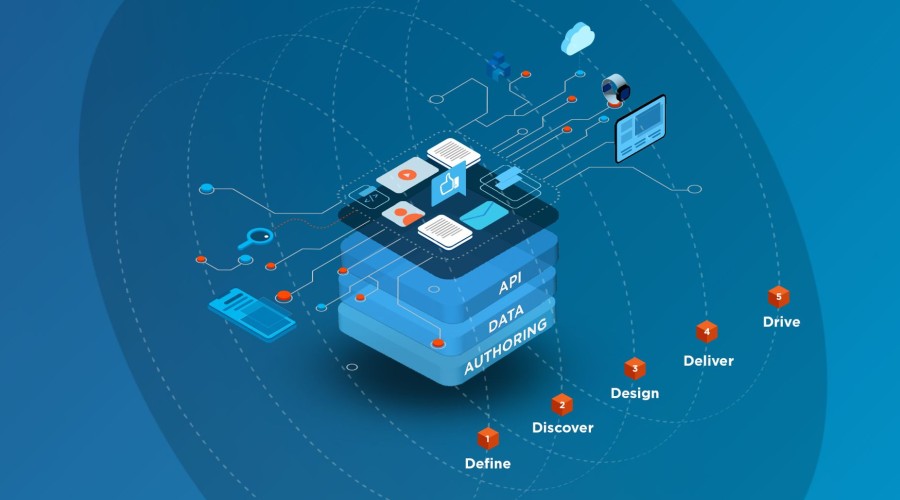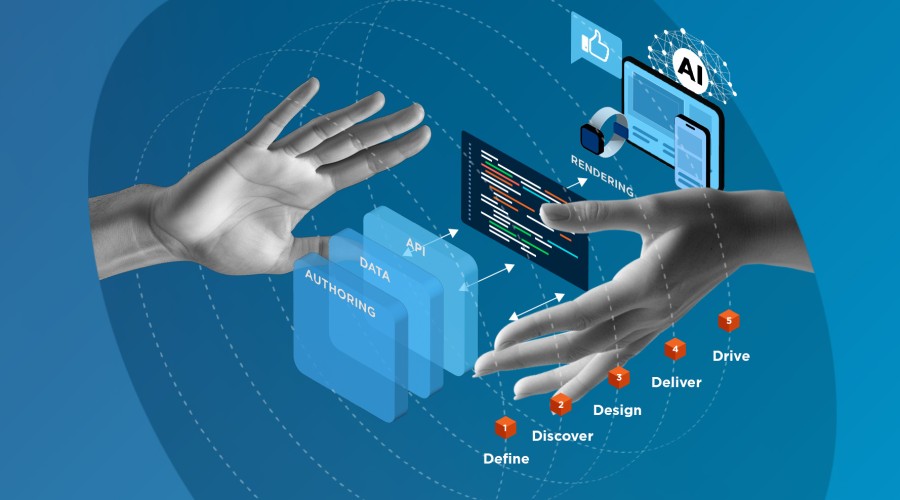One of the most disruptive trends in technology right now – and one with so much potential – is low-code software. Low-code and no-code tools like Airtable, Pipedrive, AutoPilot enable organisations to build comprehensive workflows without developers. Does that mean fewer developers? No. But it will allow companies to introduce automation, accelerate development and build applications at a scale that previously wasn’t possible.
These out-of-the-box tools come with prebuilt general use cases that you can tailor with custom code where you need to. Drag-and-drop interfaces make it quick for developers – and, for no-code software, easy for non-coders – to create workflows and automate actions. These tools still need to be set up and maintained properly – and that requires technical knowledge – but from then on, what once took weeks and months can now take days and hours instead.

Marc Andreessen the writer of ‘software eating the world’. Image Source
In the last year, $2.2 billion has been invested into companies building automation solutions. Innovative ‘integration’ platforms like Integromat and Zapier allow organisations to integrate best-in-class tools with other software to develop products swiftly, cutting time to market and saving money. If there ever has been a case of ‘software eating the world’ (the famous article by Marc Andreessen) it is surely now – with low-code and no-code being one of the main catalysts.
The market opportunity
With Zapier, there is no need for each brand or platform to have a bespoke one-to-one API which is specifically created as an integration to another platform (e.g. Notion.io integrating into Pipedrive.com – this particular integration does not exist). Today organisations can use an organisations existing API and connect it to Zapier’s API as a service where the input and output of data based on triggers. Zapier acts as the middleware to interconnect both APIs with no coding required. The advantage of using a tool like Zapier is that there no need to get a developer from each platform to ‘integrate’ each one with the other. Tools like Bubble allow organisations to build web application products with no coding whatsoever. Products like Slack and Calendly also include workflow builders that virtually remove any coding or IT heavy pushing empowering both start-ups and large organisations to ‘plug and play’.

IFTTT in use on mobile platforms.
On the consumer side, apps like If This Then That (IFTTT) and Workflow (purchased by Apple) have allowed both home users and business users to create intelligent automation between apps with no coding whatsoever for years. The case for quick integration, automation and product development ultimately boils down to one main reason: Efficiency.
Focus
Besides efficiency which is obviously key, there are secondary benefits that heavily tie into efficiency – focus, cost-saving and time-to-market. At Cyber-Duck we have used Zapier on 3-4 major production projects. It has allowed our clients to exchange data with other platforms easily. By writing a general API in Laravel (this is the main PHP framework we use for software engineering) that exposes all the fields available, we connect Zapier to allow other developers on the clients side to integrate with 1,000s of Apps from that single API. Zapier allows the non-technical customers to sync our CRM data into apps and third party software without any coding from them.

Apps like Slack ‘focus’ teams and centralise the amount of data, reduce communication (to a point) and communicate with other apps.
Slack not only allows teams to integrate and see third party app data but also act upon the data, invoking actions and outputs from Slack directly, without going to the third-party applications. The power of Zapier cannot be understated and it is not just digital agencies like Cyber-Duck that can leverage its capability. OpenPhone, a California based start-up uses Typeform and Zapier to trigger emails automatically without coding. Their start-up enables ‘a business phone number right on top of your existing devices, in an app.’ Their co-founder Daryna Kulya said of Zapier: "I was able to send an automatic email to a customer based on the way they answered the survey (Typeform) we sent out," she says. "That got me really excited about the possibilities of Zapier.”
Big tech integration
Another example is Airtable which is a database platform that looks and feels like Excel with a drag and drop interface. It offers workflow automation services that include Zapier and IFTTT which act as ‘a connective glue’ allowing a text message, email or even a slack message to trigger an Airtable database record with virtually no coding and very little knowledge of SQL. This essentially allows certain organisations to use Airtable as a database without even coding a database.

Airtable Cloud Vision API.
Airtable’s capability does not even stop here: In its new Marketplace organisations can share apps they built and even leverage Google’s Cloud Vision API to develop AI and ML using Airtable. As an example, customers could use the Google Airtable API to classify images into categories, detect faces or objects within images and even enable image sentiment analysis.
Summary
Only 0.5% of the world’s population can write software and develop and many software developers are too busy to take on new projects due to legacy code or existing commitments. The proliferation in digital is massive. This is where the low code and no code offers many organisations to develop the products of tomorrow. This is a huge trend that’s set to change the face of programming and the lean startup movement over the next few years, and one that’s genuinely exciting.




